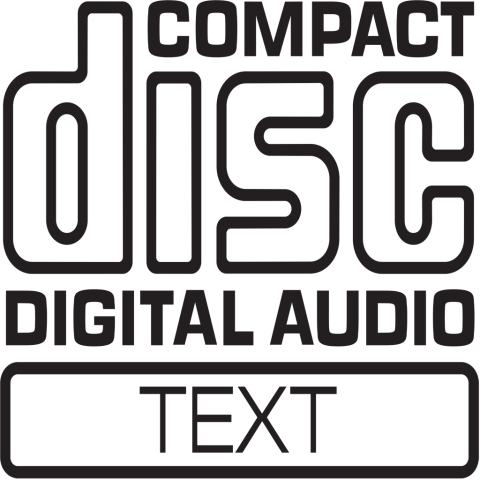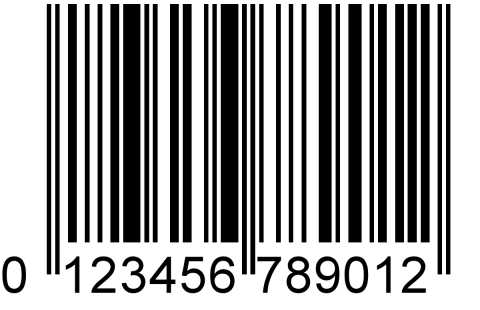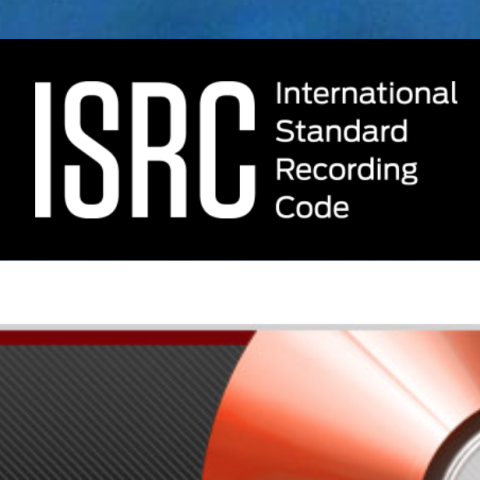Run by Nielsen, Soundscan is the official method of tracking sales of music and music video products throughout the United States and Canada. They have been tracking sales since March of 1991. It is a common misconception that RIAA uses the Soundscan information to track sales and certify Gold and Platinum sales etc. They do not.
Often confused with CD-Text, the online Compact Disc Database stores metadata on audio CD's. The online database was created by Gracenote and is accessed by client applications, such as iTunes. The client application sends a 'disc thumbprint' then the information in the database is downloaded and displayed in the program. Sometimes, especially with burned discs, there are multiple entries in the database for that thumb print due to several users adding their personal 'mix cd
CD-Text extends the Red Book specification and allows metadata to be embedded into the physical disc. The information about album artist, album title, track title, track artist, ISRC, arranger, composer, performer, songwriter, and a message can all be are stored either in the disc's table of contents (TOC) or in the subchannels R through W. Only disc players with the special compact disc digital audio cd-text logo will read and output this data. Most computers use another me
Also known as a 'bar code,' the Universal Product Code consists of a series of black and white lines that contain information decodable by an optical scanner. The pattern represents 12 numeric digits that help retail stores manage inventory and sell items. This information can also be digitally embedded into your disc at mastering.



